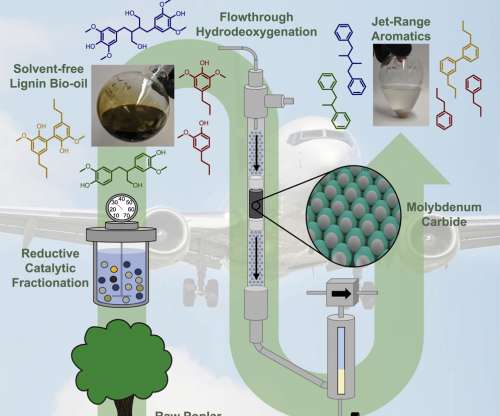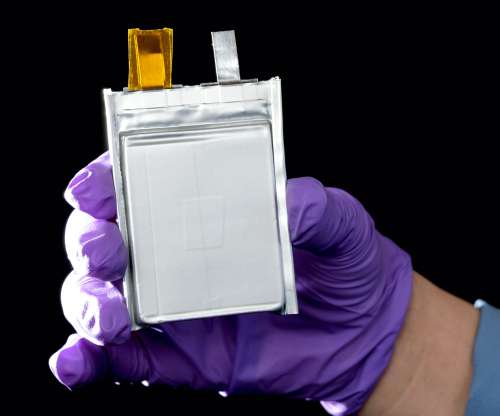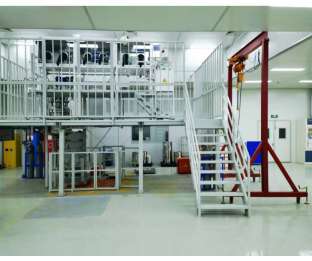MIT researchers significantly increase lifetimes of solid oxide fuel cells by changing pH
Green Car Congress
SEPTEMBER 1, 2022
MIT researchers have found that changing the pH of the system can increase the lifetimes of a range of technologies including fuel cells. However, their commercial viability has been hampered, in part, because they degrade over time. Fuel and electrolysis cells made of solid metal oxides are of interest for several reasons.








































Let's personalize your content